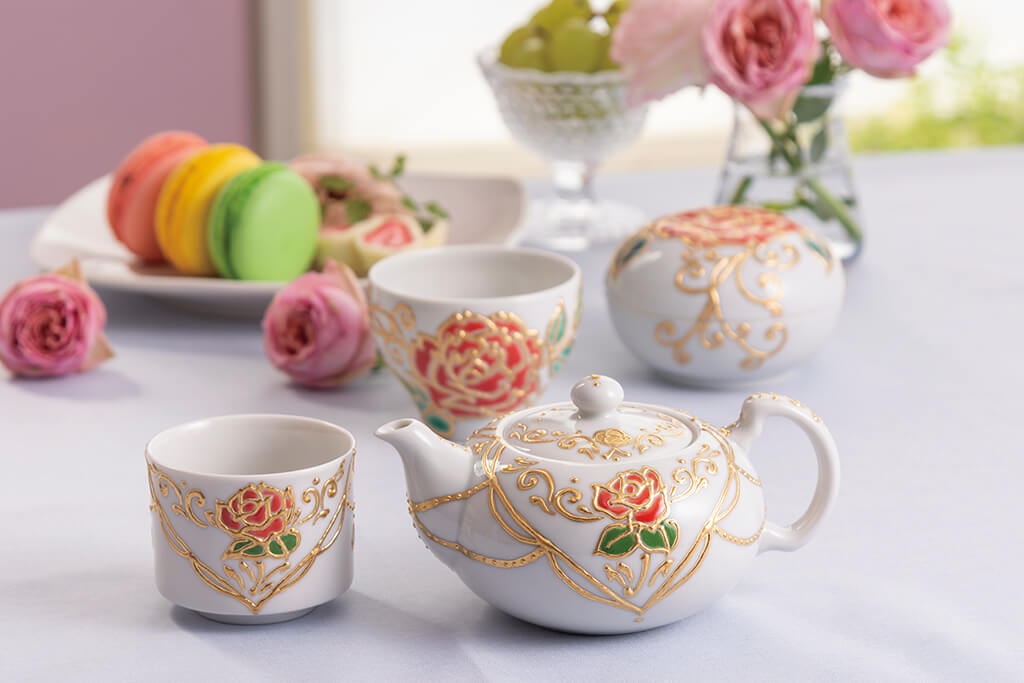Unwavering Natural Beauty Depicting Birds and Flora in Realistic Detail
Autumn Hues of the San-kirai: The Fascinating Shapes Woven by Nature
Capturing the Singular Designs of Nature through Observational Sketching and Reviving Them on Vessels
From Sketch to Vessel: The Trial and Error Behind Finalizing a Composition
Entering the World of Kutani Ware by Continuing the Family Business
The First Turning Point: Learning Ao-Kutani (Blue Kutani) and Hand-Painting Techniques
The Second Turning Point: The Encounter with Observational Sketching
Not Filling Every Inch: Emphasizing Empty Space and a Crisp Finish
Venturing into Tableware: Leaving Room for Cuisine






























